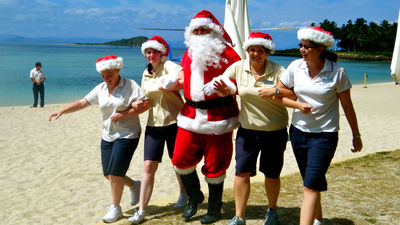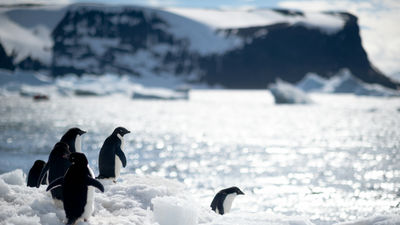Arctic sea ice extent reaches new low in satellite observation history
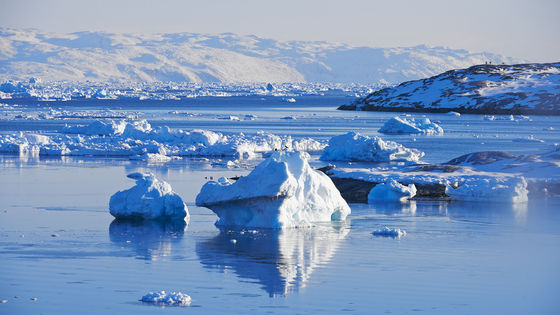
The U.S.
Arctic sea ice sets a record low maximum in 2025 | National Snow and Ice Data Center
https://nsidc.org/sea-ice-today/analyses/arctic-sea-ice-sets-record-low-maximum-2025
According to NSIDC, the average time when sea ice reaches its maximum in the Arctic Ocean is March 12th from 1981 to 2010, but there are discrepancies: February 24th in 1987 and 1994, and April 2nd in 2010. In 2025, the expected maximum will be March 22nd.
The observed area is 14.33 million square kilometers. The average from 1981 to 2010 was 15.64 million square kilometers, and the previous minimum was 14.41 million square kilometers recorded in 2017, but this is a new record.
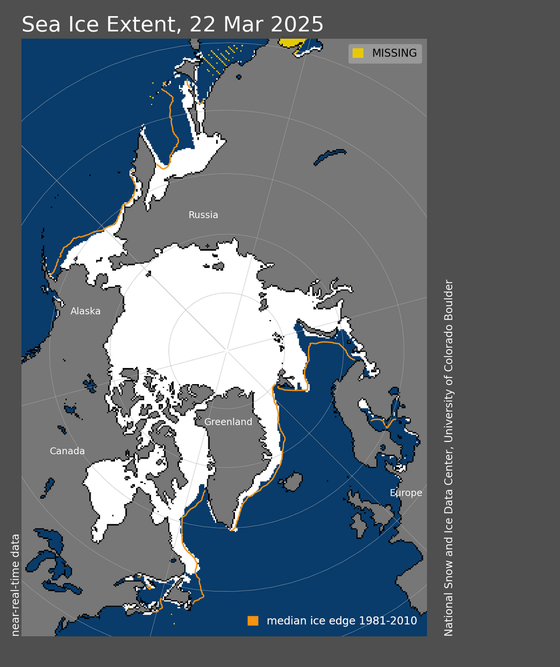
In the winter of 2024-2025, sea ice was low in most parts of the Arctic, with only the East Greenland Sea being at average levels. The Bering Sea had low sea ice throughout the year, but it grew to near-average levels between late February and early March. Meanwhile, the Sea of Okhotsk had less sea ice than average, and the St. Lawrence Sea was 'virtually ice-free.'
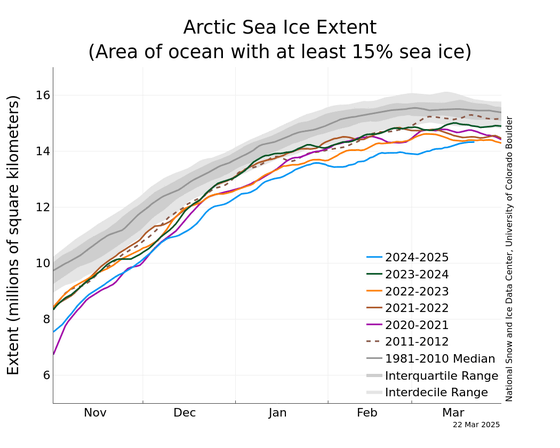
The reason for the lack of sea ice has been pointed out as possibly being due to temperatures around the Arctic Ocean being 1 to 2 degrees Celsius higher than average, which may have led to a slowdown in the rate at which ice grows.
The decline in Arctic sea ice has been a concern for some time, and scientists have warned that we could experience 'ice-free summers' by 2035.

Related Posts:
in Science, Posted by logc_nt

